Futureproof fragrance: scents that stand the test of time
Rebecca Howard and Henry Farrar-Hockley on aromas with staying power
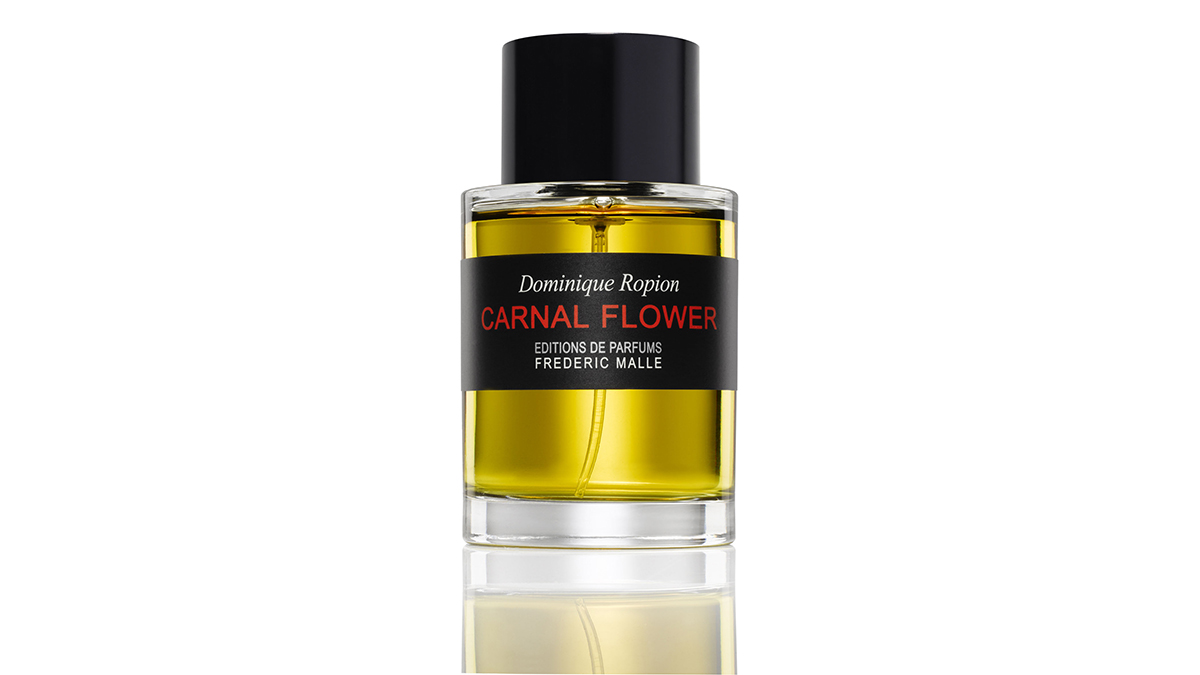
Every year, a staggering 700 new fragrances are launched into the already over-saturated scent market. Most are celebrity-fronted, some are artisan-produced, few will still be filling beauty-hall shelves 12 months later. In fact, statistics show that, in the fickle world of fragrance, only five per cent of scents can expect to be on sale a year after their release.
But in spite of this, the seasonal spin-offs, franchise reboots and fragrance flankers keep on coming. It’s heartening, then, that in this climate of perfume portfolios and ever-updated fragrance wardrobes, a clutch of classic scents have steadfastly survived and their popularity continues to thrive. So, what sets these scents apart? How is it that a fragrance continues to enjoy both cult and (maybe more importantly) commercial success years, decades and, in some cases, even centuries after its debut?
Invariably, it owes a huge debt of gratitude to the perfumer’s pioneering vision. Many fragrances that have truly endured have done so because they perfectly encapsulate the zeitgeist. While this might seem counter-intuitive for a perfume’s long-term appeal, history has shown that these specific ‘olfactory snapshots’ continue to resonate, repeatedly finding favour with subsequent generations.
The Week
Escape your echo chamber. Get the facts behind the news, plus analysis from multiple perspectives.

Sign up for The Week's Free Newsletters
From our morning news briefing to a weekly Good News Newsletter, get the best of The Week delivered directly to your inbox.
From our morning news briefing to a weekly Good News Newsletter, get the best of The Week delivered directly to your inbox.
WOMEN’S FRAGRANCES
Caron Tabac Blond was the signature scent of the petits garçons of the early 20th century – its sweet spicy notes of white-tobacco smoke and leather becoming as much a hallmark of female emancipation as trouser-wearing and cigarette-smoking in public. And it still feels like a secret weapon that inspires confidence.
Following in its sillage came the exotic E Coudray Nohiba in 1926. A spicy and alluring blend of patchouli, jasmine, rose berry and sandalwood, it was the talk of Paris, thanks to the perfumed patronage of renowned entertainer Josephine Baker. This bold, exhilarating fragrance is still the best pre-party pick-me-up on the perfumery market.
Sometimes, a scent’s enduring appeal stems from the perfection of its composition. Cue Acqua di Genova. Quite simply the best of Italy in a bottle, it is bursting with notes of lemon, bergamot and neroli. Made to the original 1853 formula and using only the best ingredients, this scent is evocative of lazy, sunshine-soaked days.
A free daily email with the biggest news stories of the day – and the best features from TheWeek.com
And then, of course, there are times when only out-and-out luxury will do. Lubin Black Jade is literally fit for a queen – made for Marie Antoinette, it has notes of rose and jasmine from her garden at Le Petit Trianon at its heart. Blended with cinnamon, cardamom, frankincense and sandalwood, the result is an unapologetically extravagant bouquet and the final word in feminine fragrance.
While no one formula exists to guarantee a scent’s enduring appeal, hallmarks for longevity include authenticity, originality (or radical reinvention) and having something unique to say. Any scent launching now must be engaging, innovative and relevant.
For a lesson in fragrance perfection – past or present – look no further than Carnal Flower by Editions de Parfums Frédéric Malle. This is the scent all experts agree will be here for centuries to come, owing to its complete reinvention of the tuberose accord. Traditionally, tuberose presents as cloying and sickly, but perfumer Dominique Ropion has created a truly modern and unique floral, retaining that signature sensuality, but infusing it with freshness by using a trace of coconut musk. In doing so, he will introduce future generations to a beautiful bloom that would have otherwise remained in perfumery’s past. If that doesn’t sound like a scent worthy of the 22nd century, then what does?
REBECCA HOWARD is a beauty and grooming writer
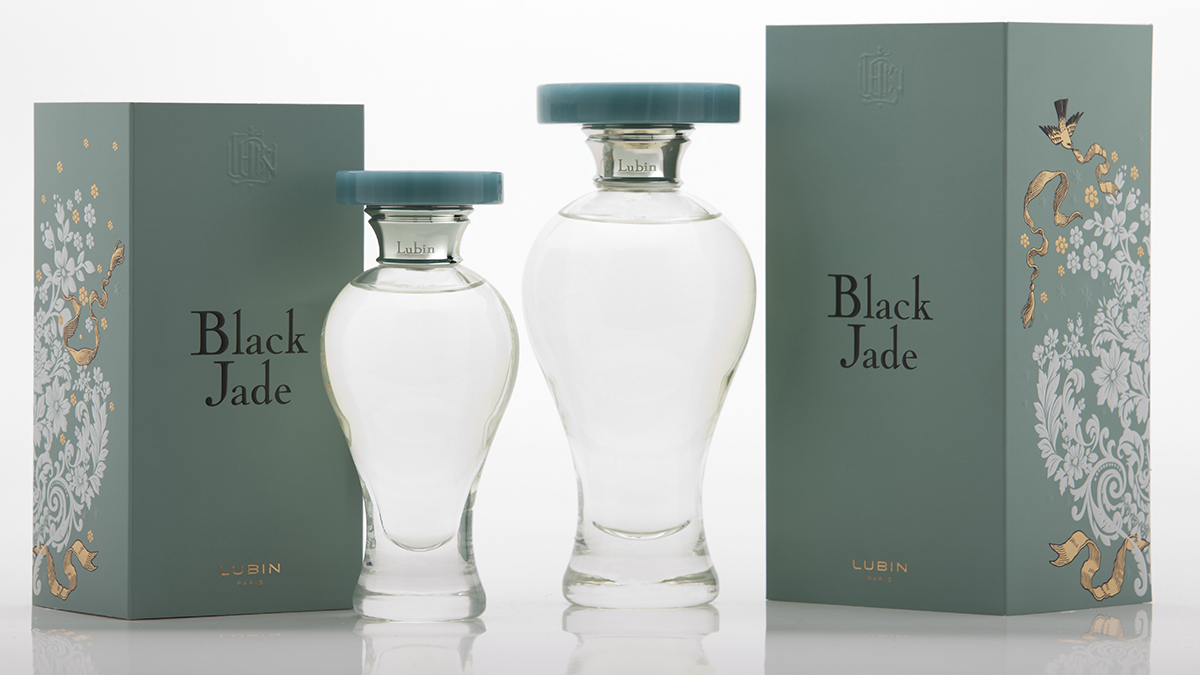
MEN’S FRAGRANCES
There is something hard-wired into the male psyche that attracts us to the concept of a ‘classic’. Whether it’s the iconic silhouette of a Jaguar E-Type or the rugged sophistication of a Rolex Submariner, we’re irresistibly drawn to designs that have not only stood apart in their own time, but continue to inspire generations. In this regard, the world of masculine fragrance is no different.
Consider Christian Dior’s Eau Sauvage, Edmond Roudnitska’s effortlessly dynamic eau de toilette, created in 1966. Unapologetically ahead of the curve, its amalgam of rosemary, petitgrain and vetiver is underpinned by the synthetic molecule hedione – a refined jasmine note with a citrus freshness that had never before been used in perfumery. It went on to become one of the most celebrated molecules of the 20th century, cropping up everywhere from CK One to Armani’s Acqua di Giò.
Similarly, when the Russian émigré Ernest Daltroff lifted the lid on Pour un Homme de Caron in 1934, he was unlikely to have anticipated its effect on all that followed. The first fragrance to be designed exclusively for men, this luxurious floral conjures an enduring aura of gentlemanly refinement from precious few ingredients – lavender from Haute-Provence alongside vanilla and musk – and continues to defy imitation. Then there’s Chanel Pour Monsieur. Conceived in 1955, Henri Robert’s fragrance oozes class, from its citrus overture of verbena, lemon and neroli through to the earthiness of its oakmoss and cedar finale. It is to men’s fragrances what the fêted fashion house’s iconic No. 5 is to women’s perfume: simply without equal.
There is, however, arguably no scent worthier of ‘classic’ status than Parfums Houbigant’s Fougère Royale. Houbigant was already revered in Parisian society by the time perfumer Paul Parquet unveiled this iconic blend in 1882; Napoleon had reputedly paid regular visits to the store, while Marie Antoinette was said to have carried three vials of the perfume with her to the guillotine. It was the first known example of the fougère (literally ‘fern-like’) category that has dominated fragrance creation to this day – its DNA present in the likes of Calvin Klein Eternity for Men, Paco Rabanne Pour Homme and YSL Kouros. Recently remastered after a long absence, its seductive signature of citrus oils, rose de mai and oakmoss remains as potent as ever.
But just how many new launches will be deemed ‘classic’ in years to come? If the past is anything to go by, the answer is very few. ‘Since commercial perfumery began in the late 19th century, perfumers have created some 30,000 fragrances,’ explains perfumer and fragrance historian Roja Dove. ‘Of these, less than 0.2 per cent have been called a true classic.’ For what it’s worth, I’d tip Lalique’s Encre Noire for future greatness. This aromatic uses vetiver and cypress to forge an elegant smoky scent with a heart of darkness. Like all true classics, it feels like it has always belonged.
HENRY FARRAR-HOCKLEY is a luxury specialist
-
 Why is Trump’s alleged strike on Venezuela shrouded in so much secrecy?
Why is Trump’s alleged strike on Venezuela shrouded in so much secrecy?TODAY'S BIG QUESTION Trump’s comments have raised more questions than answers about what his administration is doing in the Southern Hemisphere
-
 Vance’s ‘next move will reveal whether the conservative movement can move past Trump’
Vance’s ‘next move will reveal whether the conservative movement can move past Trump’Instant Opinion Opinion, comment and editorials of the day
-
 Why recognizing Somaliland is so risky for Israel
Why recognizing Somaliland is so risky for IsraelTHE EXPLAINER By wading into one of North Africa’s most fraught political schisms, the Netanyahu government risks further international isolation
-
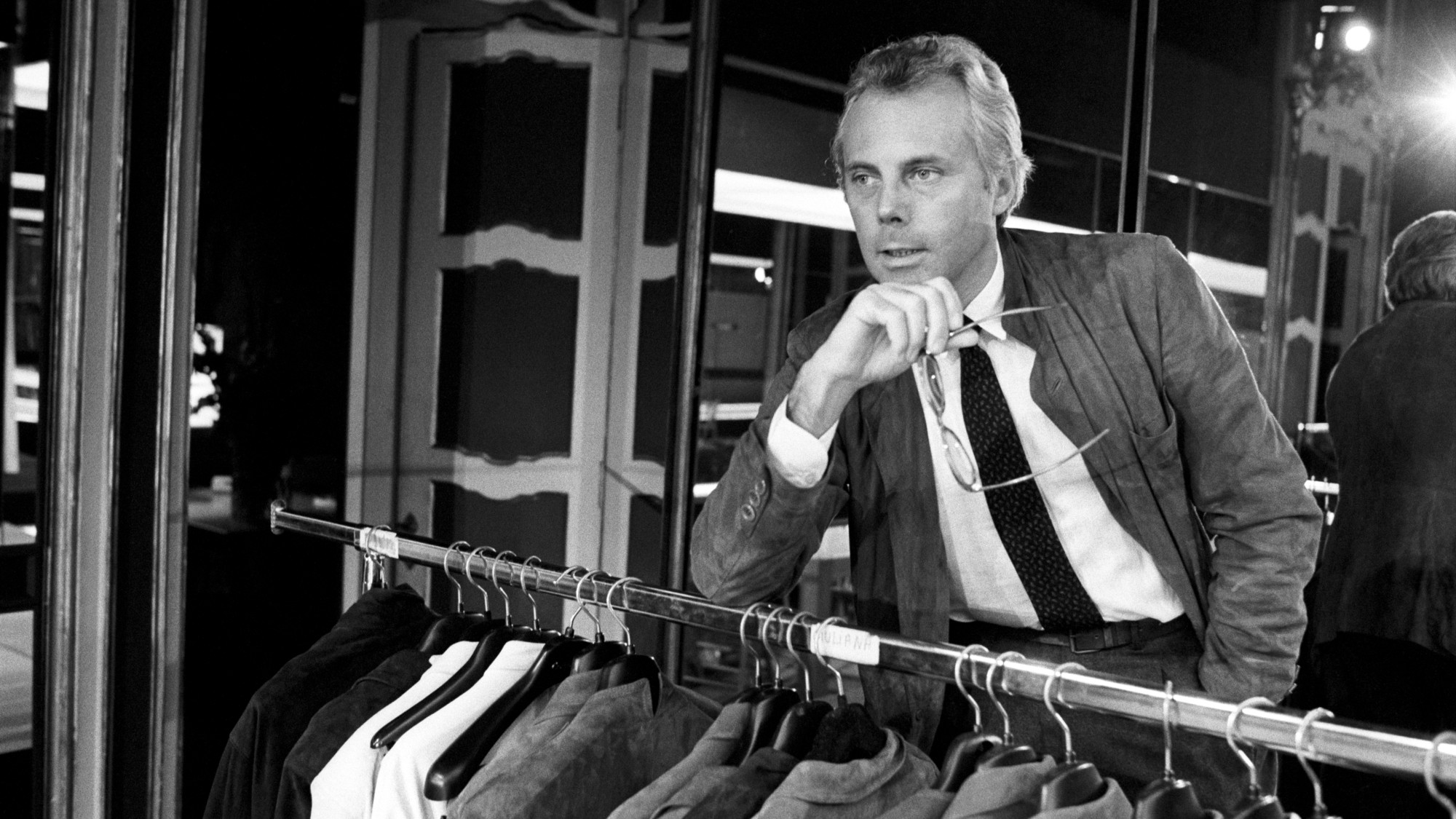 Giorgio Armani obituary: designer revolutionised the business of fashion
Giorgio Armani obituary: designer revolutionised the business of fashionIn the Spotlight ‘King Giorgio’ came from humble beginnings to become a titan of the fashion industry and redefine 20th-century clothing
-
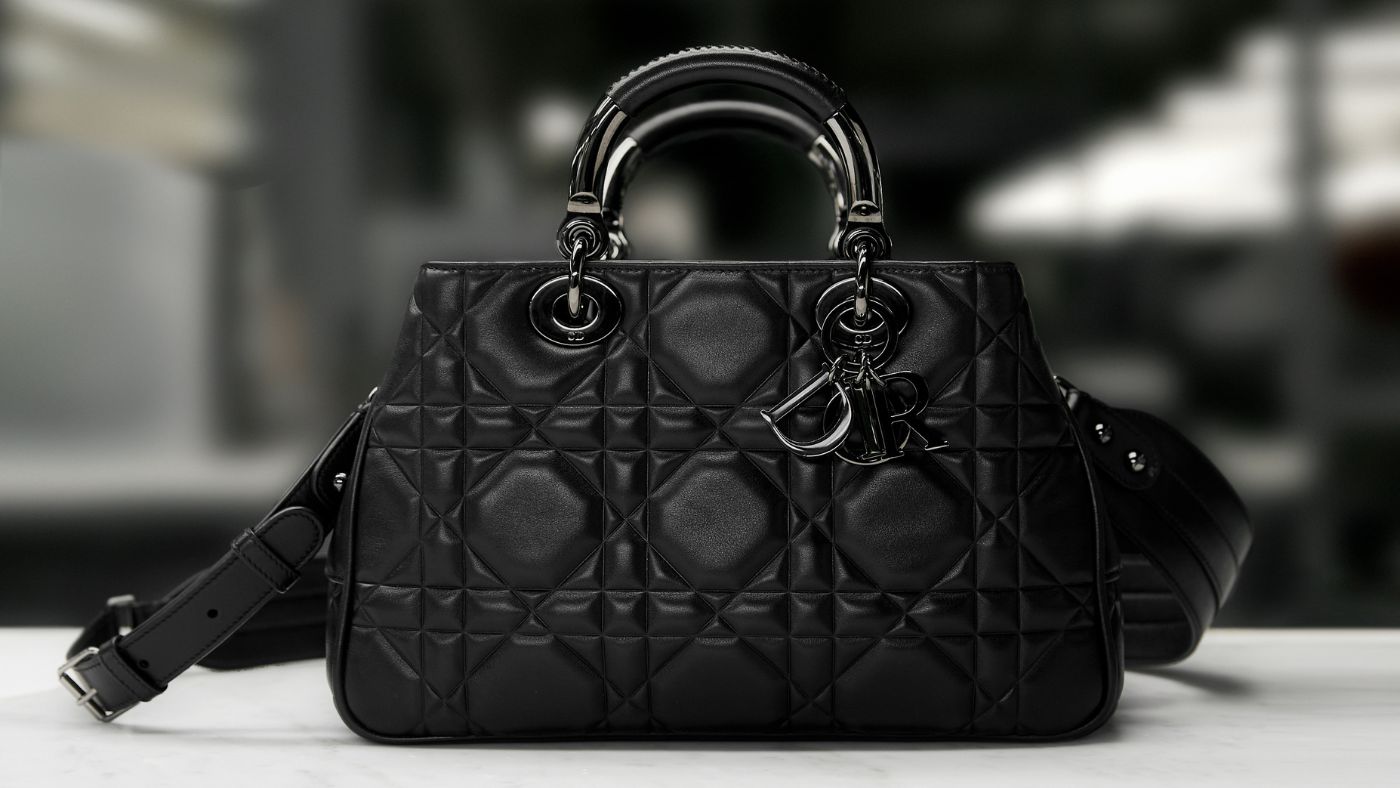 Dior’s Lady 95.22 bag: high frequency, high style, high society
Dior’s Lady 95.22 bag: high frequency, high style, high societyUnder the Radar Maria Grazia Chiuri’s Lady 95.22 is a celebration of craft
-
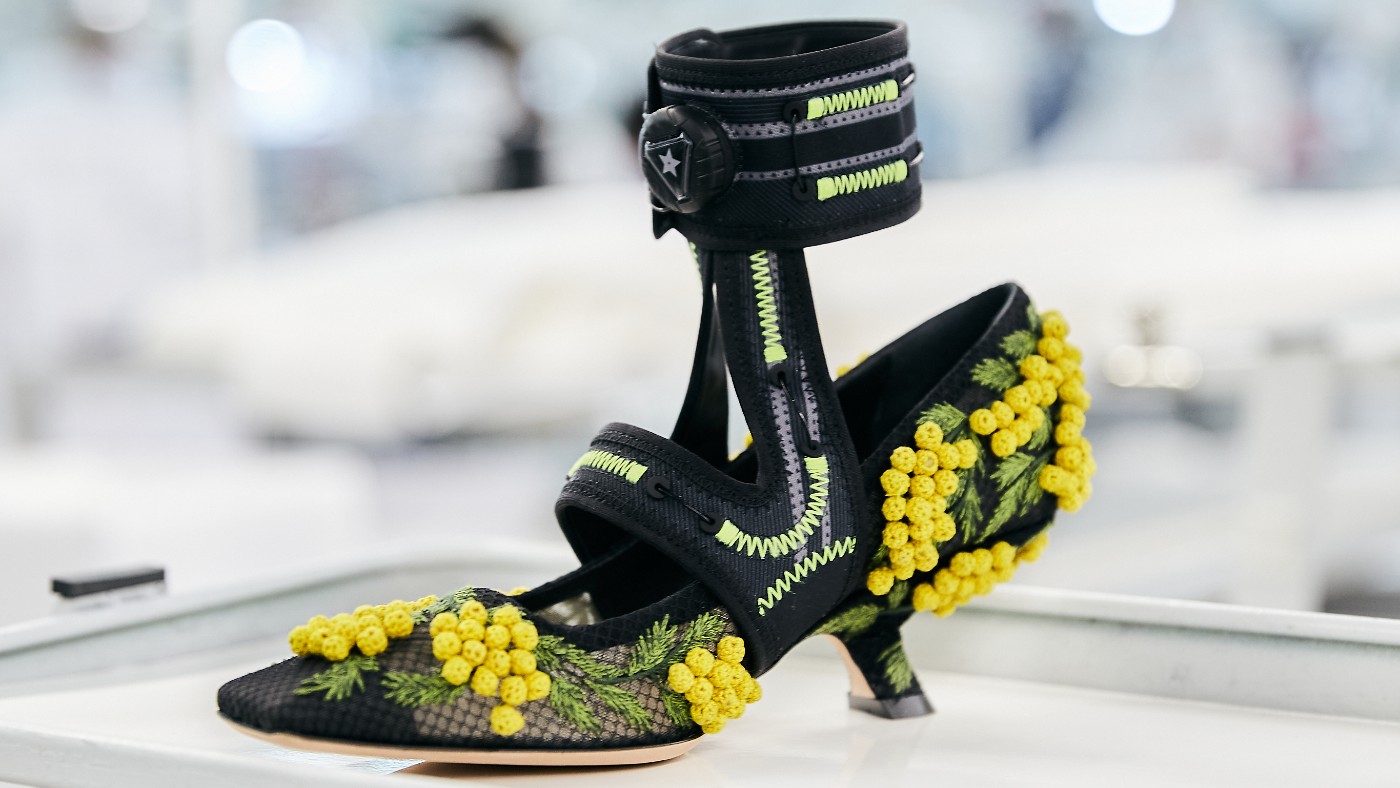 Christian Dior and Roger Vivier: the power of two
Christian Dior and Roger Vivier: the power of twoUnder the Radar A new shoe celebrates the partnership between legendary couturier Christian Dior and influential designer Roger Vivier
-
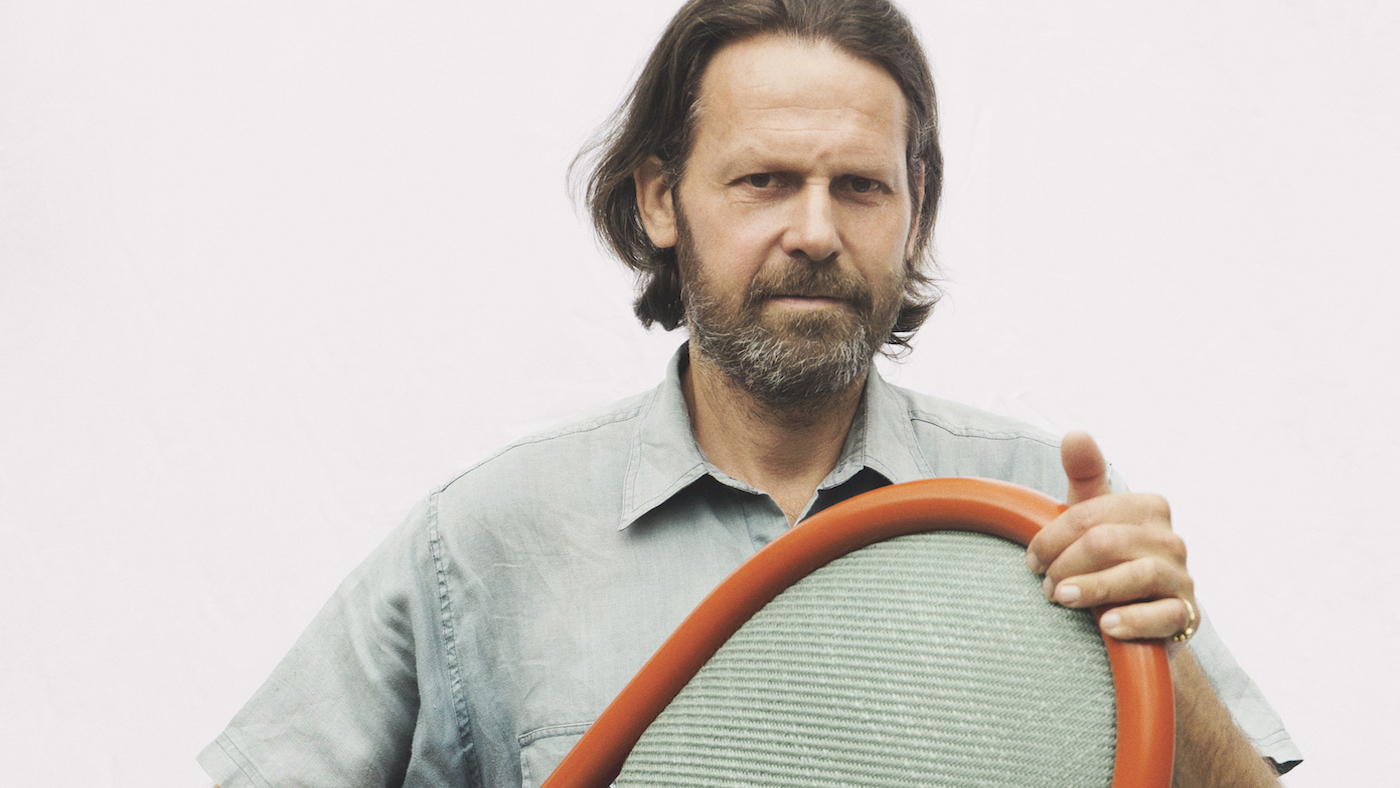 A Dior icon: Martino Gamper explains his medallion chair
A Dior icon: Martino Gamper explains his medallion chairUnder the Radar ‘People come and go yet the chairs remain,’ the Italian designer said
-
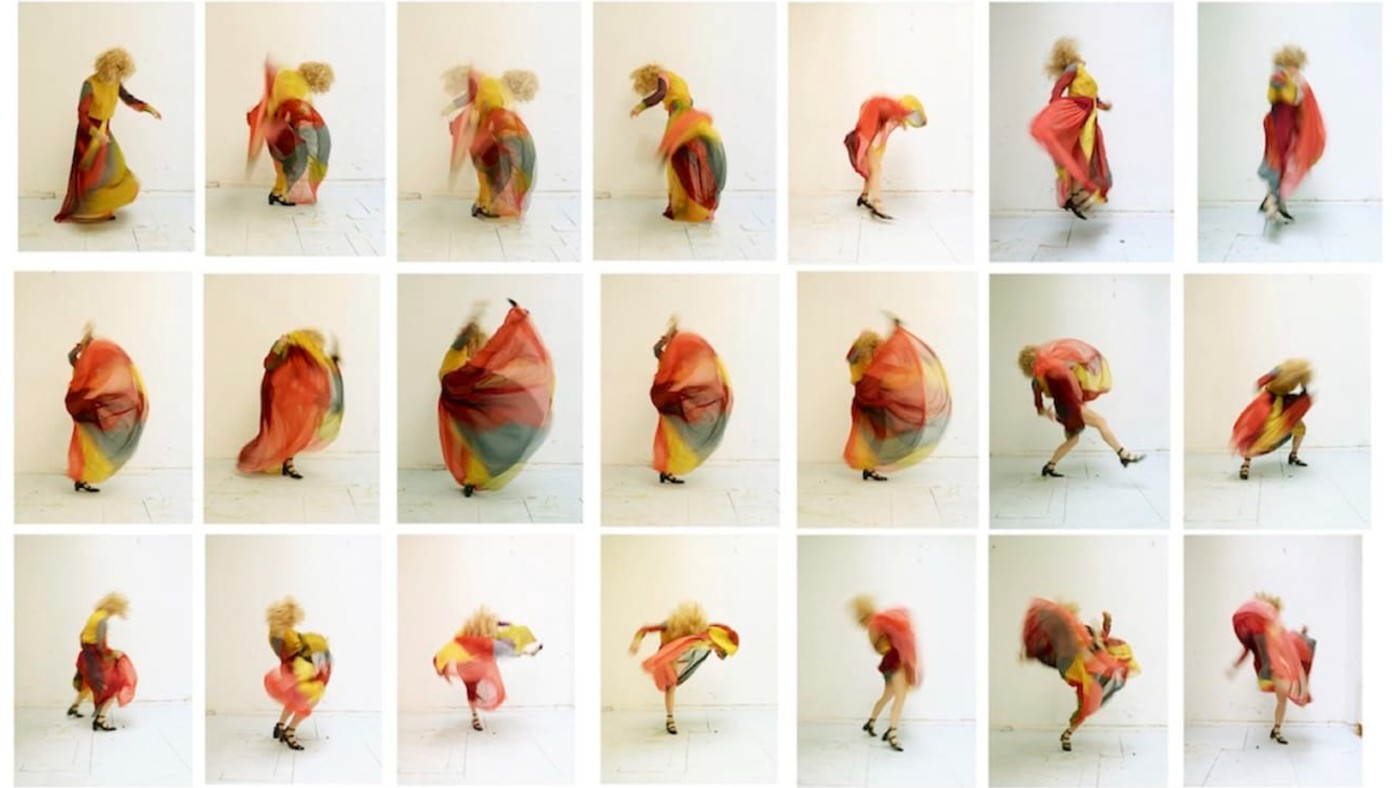 Maria Grazia Chiuri interview: Dior is ready to celebrate
Maria Grazia Chiuri interview: Dior is ready to celebratefeature Designing a Dior for the post-pandemic world
-
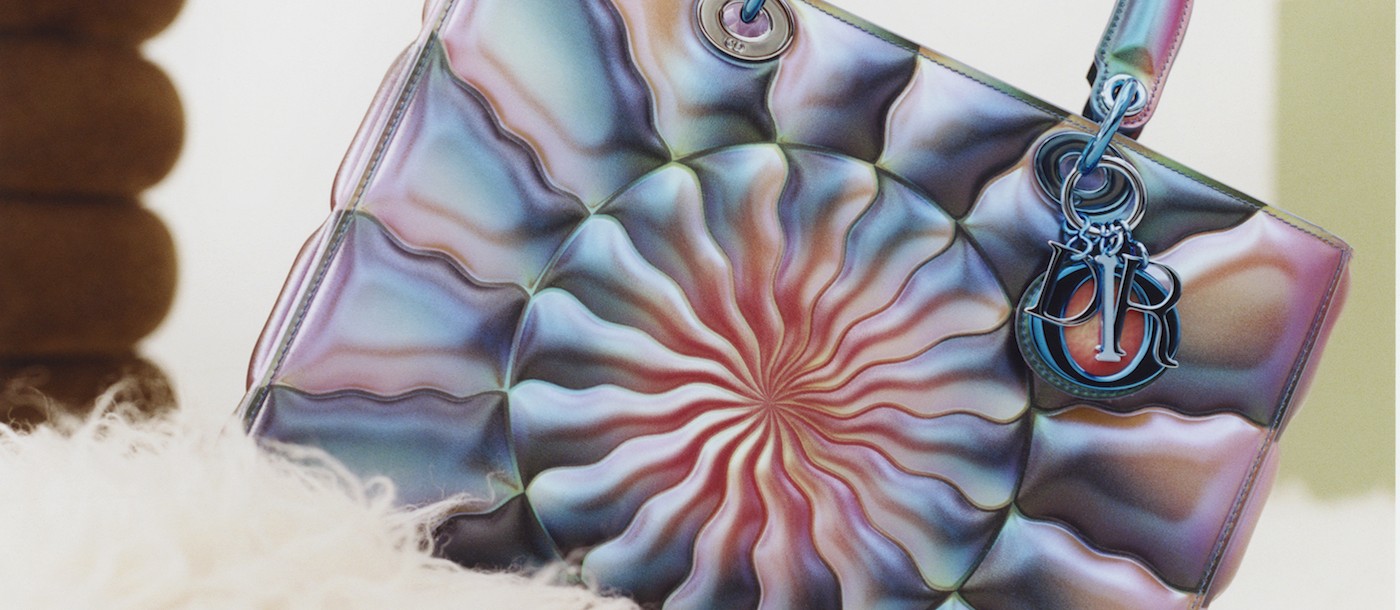 Judy Chicago interview: Dior Lady Art 5
Judy Chicago interview: Dior Lady Art 5In Depth American artist talks Dior and the art of collaboration
-
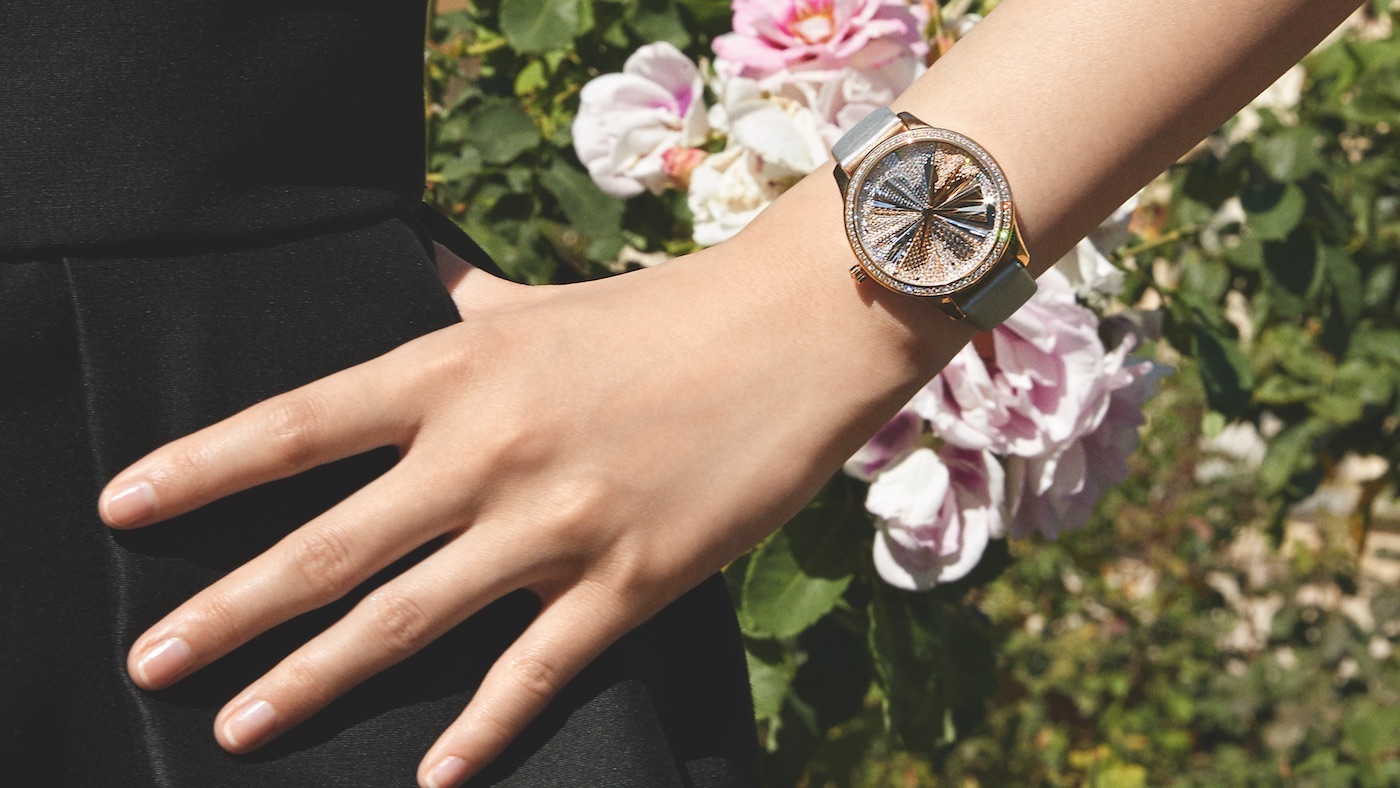 High time to have a ball: Dior Grand Soir Plissé Précieux
High time to have a ball: Dior Grand Soir Plissé PrécieuxSpeed Read A new haute couture timepiece by Dior
-
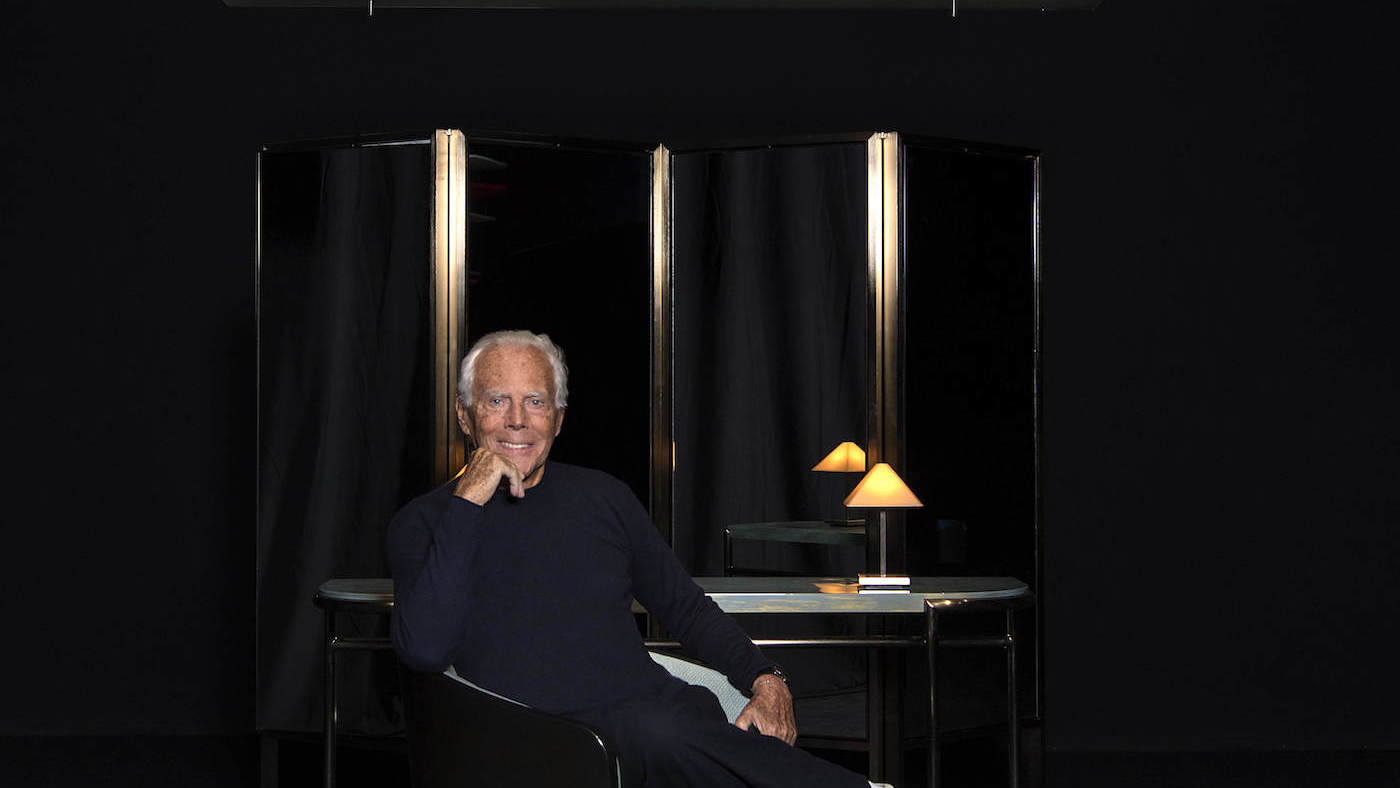 Armani Casa: at home with Giorgio Armani
Armani Casa: at home with Giorgio ArmaniIn Depth The Italian designer on living well